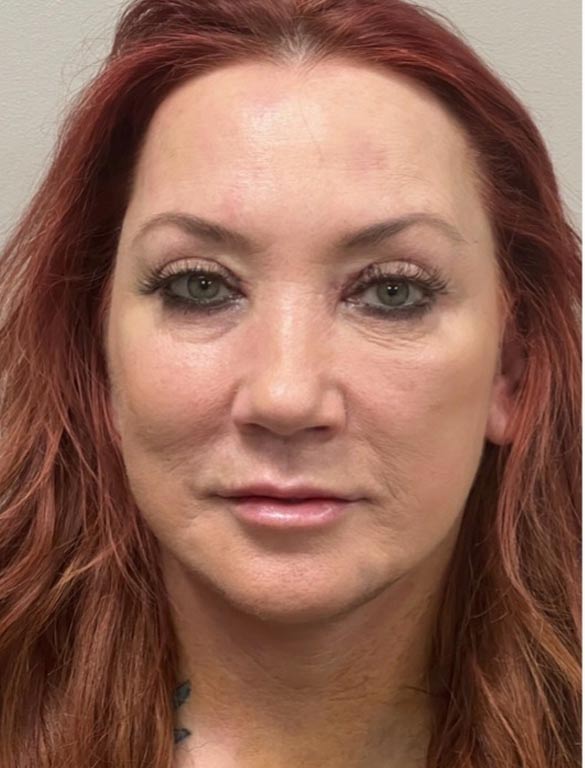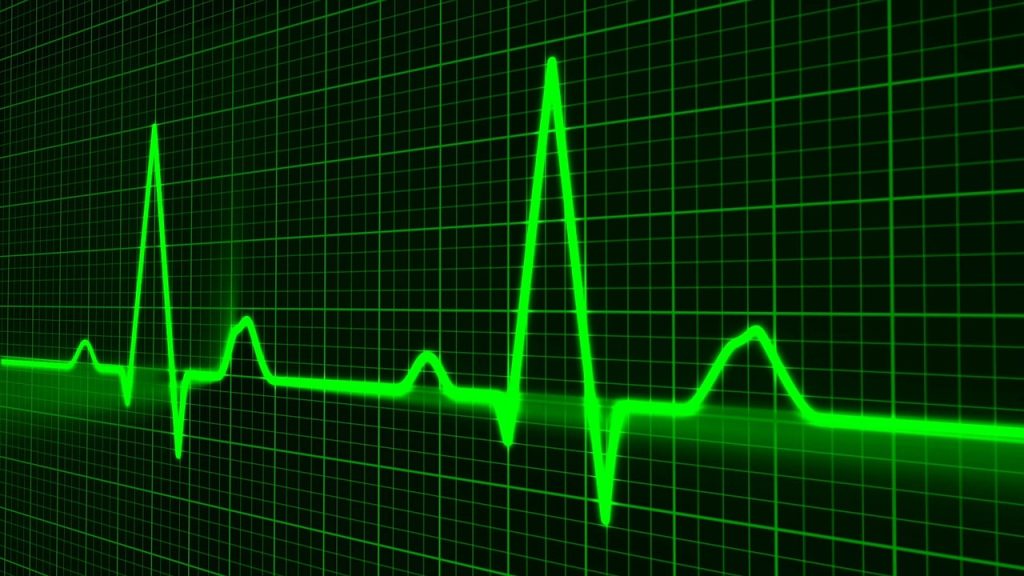Many dangers of our body’s veins and blood arteries exist after we incur trauma to the body. One such danger is fat embolisms. For the unaware, an embolus is anything that can travel through our veins and arteries with the potential to create a blockage. Fat embolisms are such entities made from tiny and often numerous fat particles that can circulate through the blood stream and eventually block our arteries.
Contents
What They Cause
Fat embolisms are capable of causing all sorts of medical problems, with the most common being low platelet count. Severe low platelet count can result in hemorrhaging and possible bone trauma. Other fat embolism symptoms relate to central nervous system dysfunction, like irregular heartbeat and respiratory difficulties; it can even lead to coma or death. Elderly individuals need to take greater caution, as they can be more prone to these unfortunate outcomes.
What Causes Them
Most cases of fat embolisms are the result of a traumatic injury—usually closed fractures along our bones. In fact, closed fractures create more emboli than open fractures. Other causations that have been recorded include pancreatitis, severe burns, and soft tissue injuries. Men are more likely to develop symptoms of fat embolisms, and it is rare in children under nine years old. The most common age range for men and women affected by fat embolisms is 10 to 39 years old.
Ways to Avoid Fat Embolism Symptoms
Information on fat embolism symptoms and etymology can only go so far, but what really matters is how to avoid them. Nutrition and hydration are key factors in having a healthy nervous system that can handle injuries with greater ease. Unfortunately, individuals who live unhealthy lifestyles are more prone to conditions such as fat embolisms. Drink plenty of water, exercise on a regular basis, and treat any potential serious injuries with great care.
Ways to Treat Them
If a diagnosis has occurred, patients can be administered a variety of treatments, including steroids, dextran, and heparin. However, thrombolytics have proven to be an effective treatment that is prescribed to dissolve clots in the bloodstream. As with any medical treatment, it is critical to consult with your physician on how you can reduce the risks of fat embolisms and whether a treatment such as thrombolytics is right for you.









